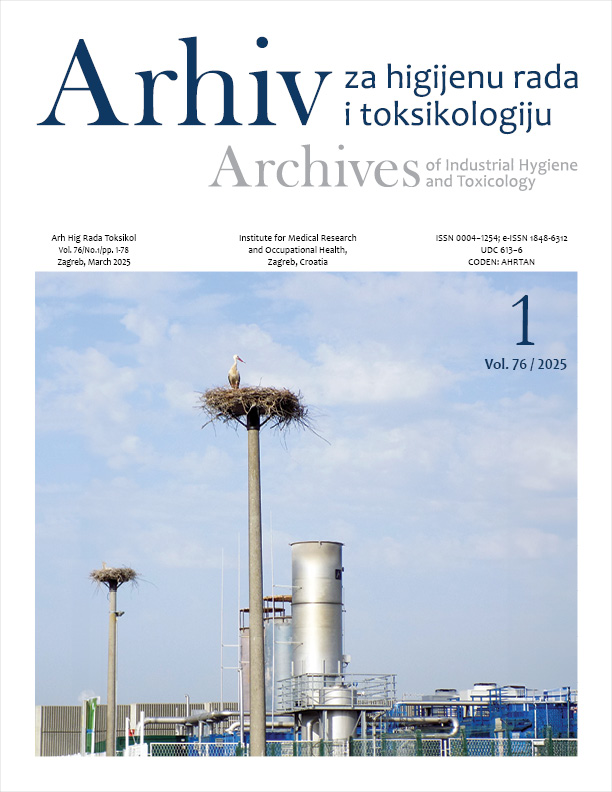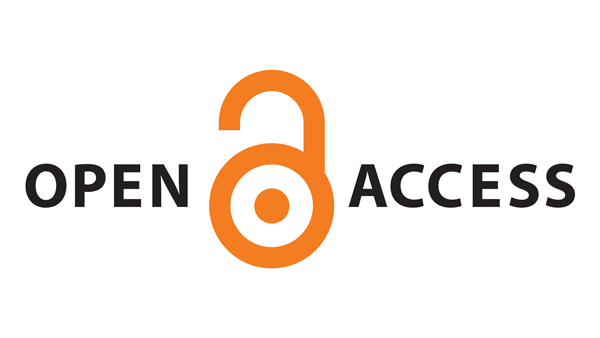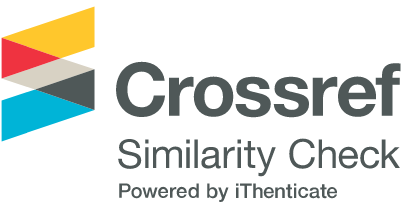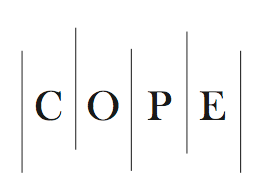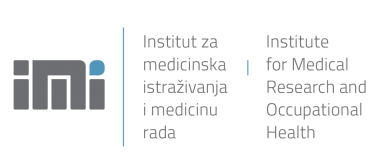Morphine and codeine in racing horse feed: is there reason for concern?
DOI:
https://doi.org/10.2478/aiht-2025-76-3888Keywords:
antidoping, GC-MS, lucerne, method development, opiatesAbstract
Opiates such as morphine and codeine are substances often misused to improve the performance of racing horses during competitions and are therefore on the International Federation for Equestrian Sports’ list of prohibited substances. However, a positive antidoping test may be due to the consumption of feed (mainly lucerne or oats) contaminated by opium poppy containing the alkaloids morphine and codeine. In order to determine whether a positive antidoping test is the result of an intentional abuse of opiates or consumption of feed contaminated by poppies, we optimised conditions for the extraction of morphine and codeine from dehydrated lucerne and developed and validated a gas chromatography-mass spectrometry (GC-MS) method for the simultaneous determination of both analytes. The most efficient extraction of morphine and codeine from dehydrated lucerne was achieved using a citrate buffer pH4 followed by solid phase extraction. The method showed satisfactory linearity (R2>0.9980) in the tested concentration range (85–1600 ng/g), as well as good precision (RSD<4 %), accuracy (>95 %), and sensitivity (limit of detection 22 and 25 ng/g for morphine and codeine, respectively). The proposed method was used for analysing a sample of dehydrated lucerne having measurable content of morphine (1510 ng/g) and codeine (327 ng/g) that can cause positive results of opiate blood or urine testing up to 4 hours after feeding the horse with less than 500 g of dehydrated lucerne. The use of this analytical method should enable the exclusion of horse feed as the cause of positive antidoping tests.
Downloads
Published
Issue
Section
License
Copyright (c) 2025 Irena Brčić Karačonji, Tea Jelača, Andreja Jurič, Ana Lucić Vrdoljak

This work is licensed under a Creative Commons Attribution 4.0 International License.

